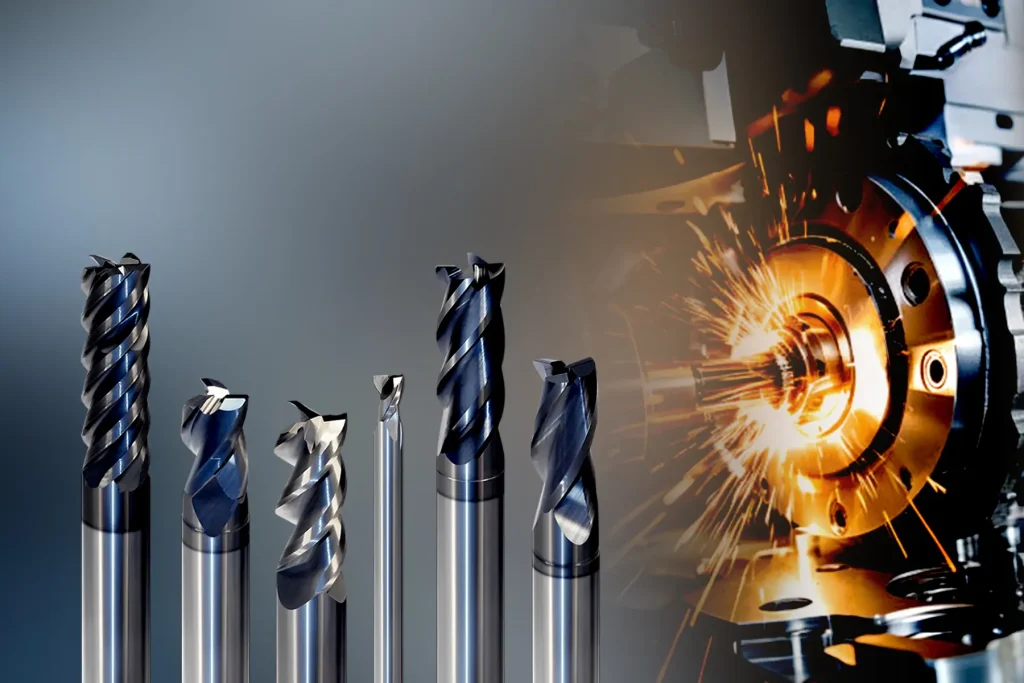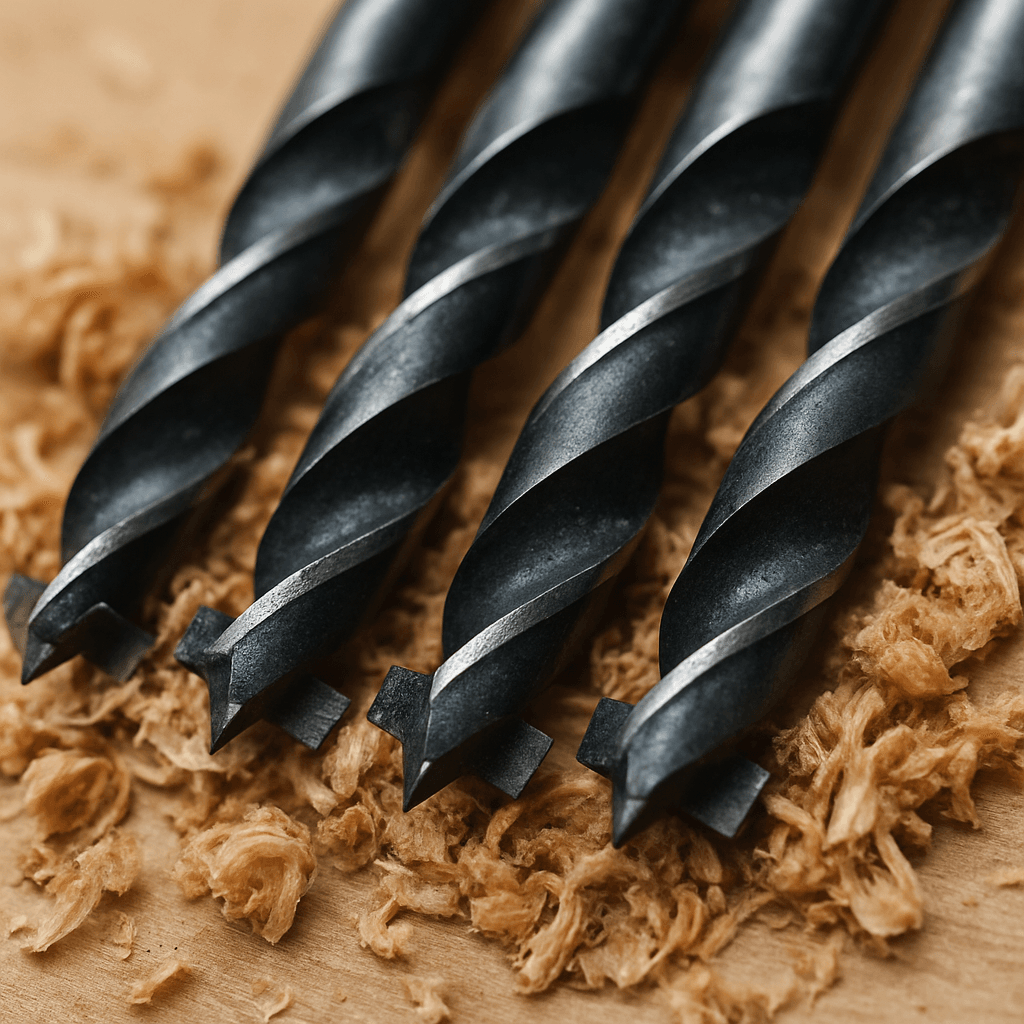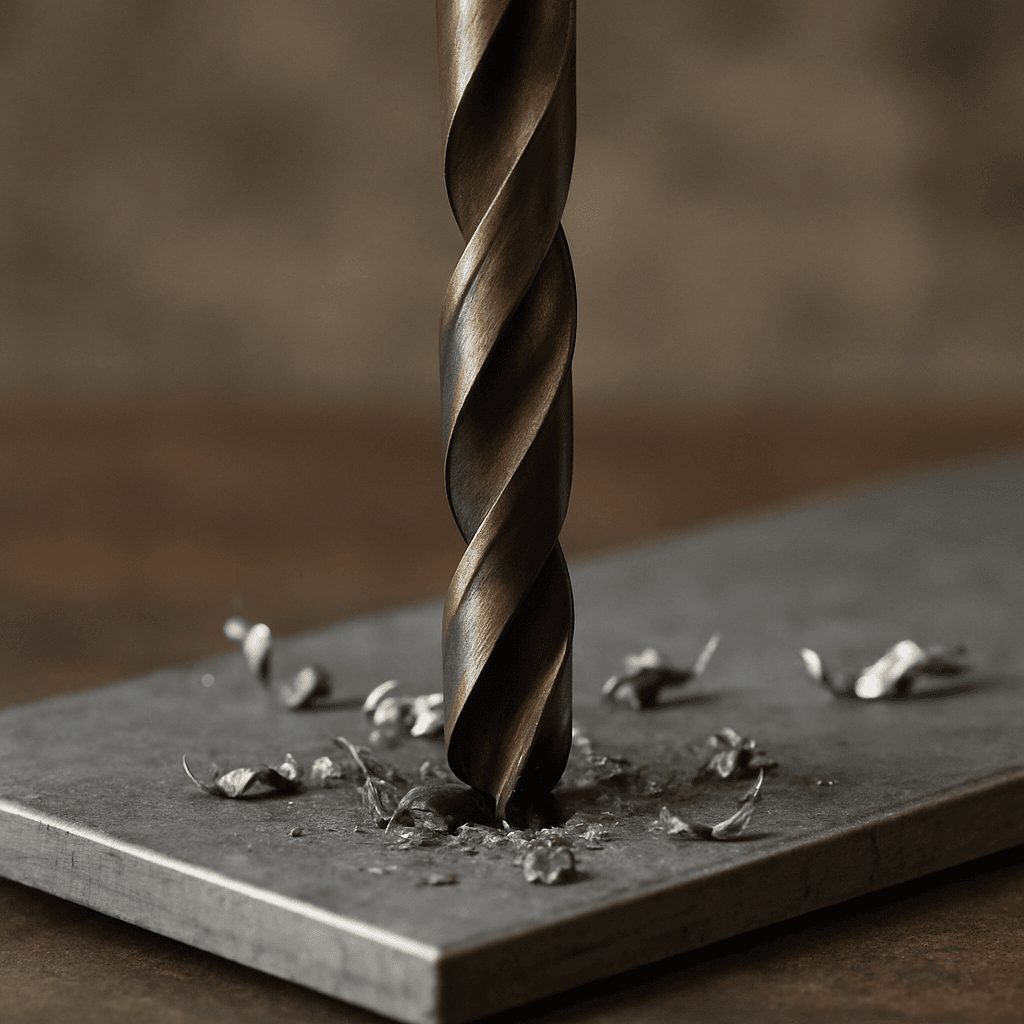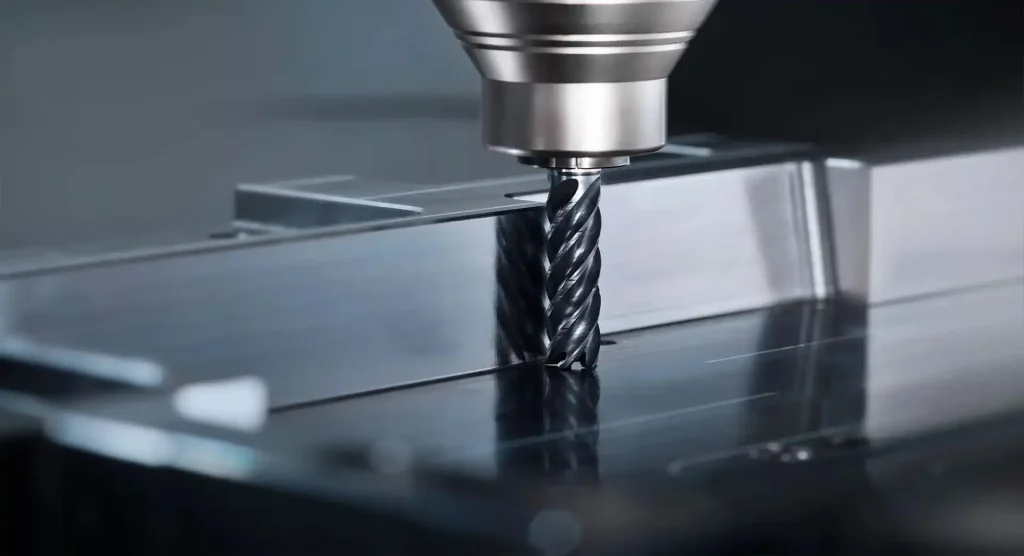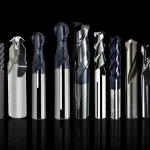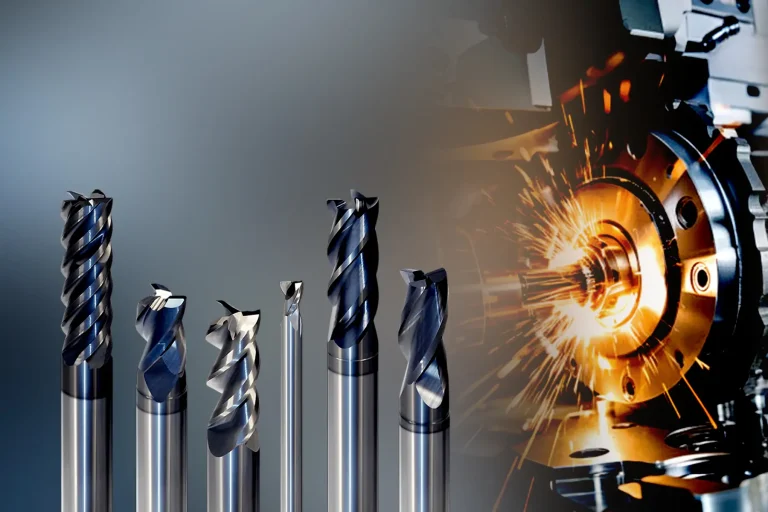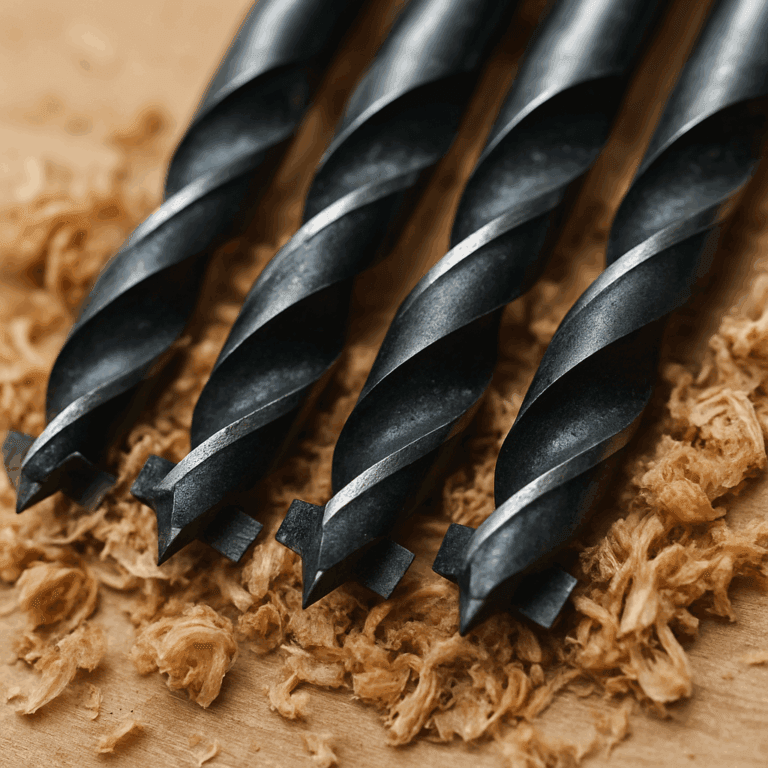Drill bits are fundamental tools for many DIY enthusiasts and professionals alike. While they might seem straightforward, there’s a lot more to these tools than meets the eye. One of the crucial aspects to understand is the angle of twist drill bits, which plays a significant role in the efficiency and effectiveness of drilling operations. In this article, we will delve into the various angles involved in twist drill bit design and why they matter.
Drill bits come in various shapes and sizes, but when it comes to twist drill bits, the angles are what determine how well they perform in different materials. The primary angles to consider are the drill point angle, the helix angle, and the cutting edge geometry. Each of these angles contributes to the bit’s ability to cut through materials efficiently.
Drill Point Angle
The drill point angle is the angle formed at the tip of the drill bit. It’s one of the most critical angles because it affects how the drill enters the material and starts the cutting process. A common drill point angle for general-purpose drilling is 118 degrees. This angle works well for drilling into soft materials like wood and some plastics.
For harder materials like metal, a 135-degree angle is often preferred. This steeper angle provides a more aggressive cut and reduces the risk of bit walking or drifting on the material’s surface.
The Helix Angle
The helix angle is the angle of the spiral grooves or flutes that run around the drill bit. These flutes are crucial as they help remove chips and debris from the hole being drilled. The helix angle impacts how fast these chips are removed and, consequently, the efficiency of the drilling process.
A standard helix angle for general-purpose drill bits is around 30 degrees. However, for specialized applications, such as drilling in softer materials, a higher helix angle might be used to improve chip removal. Conversely, a lower helix angle is better for harder materials as it provides more strength to the cutting edge.
Cutting Edge Geometry
The cutting-edge geometry of a drill bit refers to the design of the cutting edges themselves. This aspect of drill bit design affects how smoothly the bit cuts through material and the quality of the hole produced.
The cutting edges must be sharp and well-angled to ensure efficient cutting and reduce friction. The geometry also impacts the heat generated during drilling, which is crucial for maintaining the bit’s lifespan and preventing damage to the material being drilled.
Metal Drilling Efficiency
When drilling metal, understanding these angles becomes even more critical. Metal is harder than other common materials, so the drill bit must be designed to withstand higher temperatures and forces.
Twist Drill Specifications for Metal
For metal drilling, it’s essential to have a drill bit with a point angle of 135 degrees. This angle, combined with a lower helix angle, allows the bit to cut effectively without excessive heat build-up. Additionally, the cutting edge should be designed to minimize friction and heat.
Special coatings, such as titanium or cobalt, are often applied to metal drill bits to enhance durability and cutting performance. These coatings reduce friction and help the bit last longer, even under the stress of metal drilling.
Choosing the Right Drill Bit
Selecting the appropriate drill bit involves considering the material you will be drilling and the specific requirements of your project. Here are some tips for choosing the right drill bit based on the angle and other specifications:
- Material Type: Determine whether you’ll be drilling wood, metal, or plastic, as this will influence the ideal drill point and helix angles.
- Drill Point Angle: For softer materials, a 118-degree point angle is typically sufficient. For harder materials like metals, opt for a 135-degree point angle.
- Helix Angle: A standard helix angle of 30 degrees is versatile, but adjust based on the material’s hardness for optimal chip removal.
- Coatings and Materials: Consider coated bits for metal drilling to enhance performance and durability.
Conclusion
Understanding the angle of twist drill bits is essential for anyone involved in drilling, whether in a professional or DIY capacity. The drill point angle, helix angle, and cutting edge geometry all play crucial roles in determining the efficiency and quality of drilling operations. By choosing the right drill bit for your material and application, you can achieve cleaner cuts, extend the life of your bits, and improve overall drilling efficiency.
Remember, the right angles make all the difference. Whether you’re drilling through wood, metal, or plastic, take the time to select the appropriate drill bit for the job, and you’ll see the results in your work.


